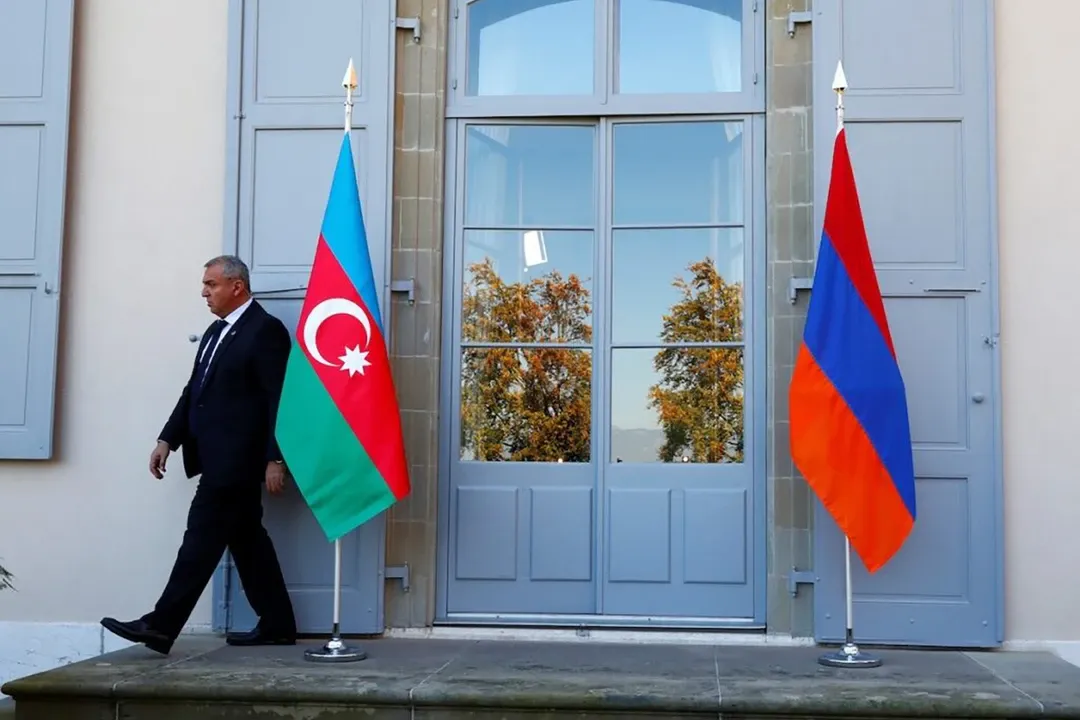Armenia and Azerbaijan Prepare for Historic Peace Treaty Signing in December 2025

Peace Treaty Nears as Armenia and Azerbaijan Set December Signing Date
Breakthrough After Years of Tension
A major breakthrough is unfolding on the South Caucasus frontline. Following a five-hour negotiation session between representatives of Armenia and Azerbaijan, both countries have moved closer than ever to finalizing a peace accord. While official statements from Yerevan remained limited in detail, Azerbaijani outlets conveyed that the blueprint for a settlement has been established. This prospective agreement, which includes provisions on the contentious Zangezur transit route, is projected to be formalized in December.
Discussions around this route—known as the Zangezur Corridor—have long dominated regional discourse, given its strategic importance for trade and connectivity. The latest signals from Armenia, including remarks from a deputy foreign minister, suggest an openness to cede certain controls, indicating a significant shift in posture. The corridor’s status has been a central issue in negotiations, with both Baku and Yerevan seeking assurances to safeguard their sovereignty while unlocking new economic opportunities.
If this timeline holds, December could mark a pivotal point in a conflict that has shaped the fate of the region for decades. Observers anticipate that the successful conclusion and signing of this treaty may usher in new economic, political, and social realities for Armenia, Azerbaijan, and their neighbours.
Internal Repercussions and Political Realignments
Alongside these diplomatic developments, notable political activity continues inside Armenia. In recent days, several prominent members of the Armenian Revolutionary Federation–Dashnaktsutyun have been detained, sparking discussion over a possible connection to ongoing negotiations. According to reports, draft stipulations in the new accord obligate both parties to actively prevent the resurgence of hostile or revanchist groups within their own territories.
This requirement appears designed to deter criticism or opposition directed at either Azerbaijan’s leadership or Armenia’s prime minister. As outlined, public figures and political entities may be restricted from voicing dissent regarding the counterpart’s government or policies. Prominent groups affected include the aforementioned Dashnaktsutyun and the Republican Party of Armenia. The enforcement of such provisions marks a clear effort to reduce nationalist rhetoric and foster a more restrained political climate as the agreement moves closer to ratification.
These steps underscore the complex interplay between external negotiations and domestic stability. Balancing international compromise with internal cohesion remains a persistent challenge for both governments, especially as the treaty’s signing approaches.
Evolution of Negotiations and Key Milestones
The process leading to this potential resolution has progressed through several transformative phases. Since the late 1980s, Armenia and Azerbaijan have grappled with protracted disputes, escalated by armed clashes and contested claims over territories including Nagorno-Karabakh. Prior ceasefires and diplomatic efforts, such as those brokered by various international mediators, laid groundwork for dialogue but often fell short of delivering lasting solutions.
In recent years, international involvement and shifting regional dynamics helped advance talks. Key milestones include the mutual withdrawal of legal claims from international courts and the removal of foreign forces from sensitive sections of the shared border. The question of constitutional amendments, particularly regarding references to disputed areas, emerged as a critical hurdle in finalizing the text.
Current developments reflect considerable progress, with both governments demonstrating a willingness to make substantial concessions. As December approaches, the region—and international observers—remain focused on whether this moment will produce an enduring resolution or simply a pause in the cycle of conflict.
Terminology and Context
Understanding the historical and political lexicon is crucial for interpreting the significance of this agreement. Terms like “transit corridor” and “revanchist groups” frame the broader stakes: guaranteeing open routes for commerce and preventing the resurgence of destabilizing forces. The treaty’s conditions highlight the delicate balancing act of upholding territorial sovereignty while embracing coexistence and cooperation.
The engagement of political parties and opposition groups illustrates the depth of the treaty’s reach. Provisions concerning public discourse about neighboring heads of state reflect not only a quest for stability, but also a nuanced approach to regulating national narratives in a sensitive era of transition.
In sum, a successful signing in December would represent a watershed moment, closing one era and opening another in Armenian-Azerbaijani relations. The world watches closely as the pieces fall into place for a future shaped by dialogue, compromise, and the hope of lasting peace.
